A.P. Suvalep. Relations with Russia and the most important events of the late XIV century
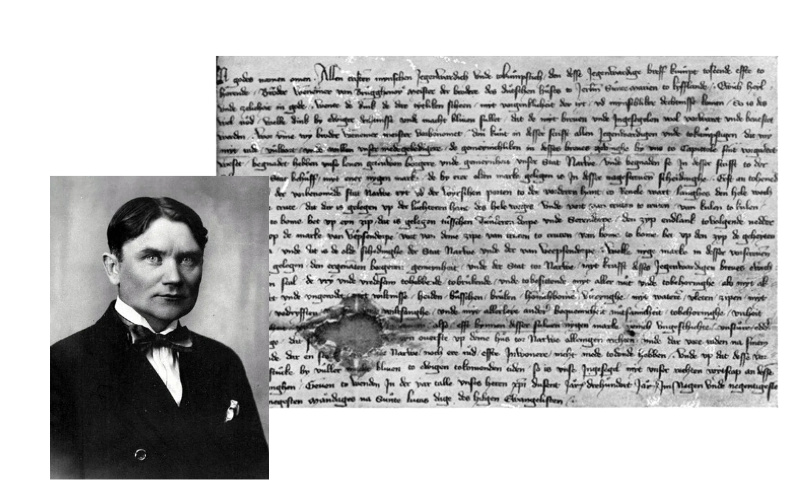
Arnold Paul Suvalep. “History is the Danish and Livonian periods.” Start Here.
Frequent conflicts were inevitable due to the nature of medieval trade relations. In 1380, some misunderstandings arose with the Russians. Two Germans, Khinka Wendy and Moringen, detained the goods of Russians. Perhaps the arrest of Russian goods occurred to satisfy any claims presented to the Russian side, because According to the concepts of that time, the merchants of one side had to bear collective responsibility for the damage assigned by their compatriots.
The detention was made by the authorities of the Order, probably by order of the Narva Vogt. Tallinn, in any case, was very dissatisfied with the confiscation of Russian goods, because At the beginning of 1381, many German merchants were detained in Novgorod. Perhaps, in order to weaken the dissatisfaction of the Russians, the FOGT NARVA Arndt von Alten was transferred to the place of Vogt Yarvamaa, and Fogt Poltsamaa Hincarik Oldendorp was appointed to Narva, already familiarized with the Narva during the management of the construction of urban fortifications. By spring, trade was restored, but misunderstandings related to the confiscation of goods were still not allowed, since both sides took into account the possibility of the beginning of the war.
In 1383, Novgorod invited Prince Patrikey, son of Narimont as a military leader of the Lithuanian. He was given to feed the right bank of the Narva River, the city of Ladoga and Old Russa. For this, Patrike was obliged to protect the border Novgorod lands from the order. To strengthen the border, Novgorod in 1384 built a stone fortress of Yam on the banks of the Luga River. According to Russian chronicles, construction was carried out in 33 days. The Germans called this strengthening the new castle (est. Uuslinn, German. Nyenslott or Nygenslot).
Due to the internal disagreements that arose in Novgorod, Patrike soon left the city. In 1389, another Lithuanian prince – Simeon Luganius or Lugmann, was invited to his place, as his name was the Germans.
At a congress of cities in Volmar in 1385, all trips to Novgorod and Pskov were banned. Narva energetically used the ban on trade with the Russians. In Tallinn, there were rumors among the merchants that the Narva Vogt did not allow Russian merchants to go towards Tallinn and thus forced them to sell all the goods in Narva. It is believed that this trade ban was canceled in the fall of the same year at a congress of cities in Valga.
Around the same time, a very troubled atmosphere has developed at the sea at the sea of Narva. Sea pirates built two ships for themselves in Tartu, while arguing that they use them only for a trip home, without harming Tallinn trade.
In August 1388, a congress of cities took place in Tartu, in which not only the cities of Livonia, but also representatives of foreign cities took part, a decision was again made to immediately end trade with Russians and the recall of German merchants from Rus’ until the end of September. In the cities of Livonia, trade with Russians was allowed until March 28, 1389.
To resolve the controversial issues that arose between the Russians and the order, conferences were arranged or, as they were called, congresses. In 1388, a congress at Vastseline, which ended to no avail, took place. The next day, the Order, for its part, banned trade with the Russians.
On the day of the Holy Apostle Jacob, i.e. On July 25, 1389, a new meeting with the Russians took place, this time in Narva, in which the ambassadors of Lubek and the cities of Prussia were invited to take part. This meeting also ended in vain.
Around the same time, a very troubled atmosphere has developed at the sea at the sea of Narva. Sea pirates built two ships for themselves in Tartu, while arguing that they use them only for a trip home, without harming Tallinn trade.
In the winter of 1389, the ambassadors of the master of the Order visited Novgorod and it was decided there to be held on the Yuryev day, April 23, 1390, in Narva a new congress. By the beginning of March, all interested parties gathered in Narva who suffered losses in trade with the Russians. There were also many Russian merchants on the spot. According to Russian chronicles, the congress did not come to any decision.
All these congresses took place, apparently, on one of the islands of the Narva River, which was in the middle of the river. Subsequently, it became known that this island was called kifgolm. It was suggested that Kifgolm could be the current Krengolm Island. In fact, the documents of the Livonian period leave no doubt that Kifgolm was the Grand Island below the river. It was a place where negotiations were conducted with Novgorod. Maybe there was another place for negotiations only with Pskov, which was above the waterfall, i.e. On the island of Bolshoi-Kulga.
On June 15, 1391, a congress of cities in Valga decided to start negotiations with the Russians again. The Tartu Ambassador Oblosen Coeden was privately sent to Novgorod, where it turned out that the Russians agreed to arrive at the Congress on the Narva River. Upon learning of this, Lubeck and Wiesbu sent their ambassadors to Novgorod, and at the beginning of 1392 a peace treaty was concluded with the Russians, enshrined in the kiss of the cross. By the name of the head of the Lubeck Embassy, Ratsger Lyubeck Jogan Nibur, the agreement was called Nybrsky. The dispute about goods confiscated in Narva was left for the permission of Novgorod and Narva.
In the fall of the same year, due to the pirate, the situation became very restless again. The master of the order said to Rome that up to 1,500 pirates had gathered in Livonian waters. In 1392, a detachment of marine robbers reached the Neva River, where they plundered villages on both sides of the river up to the nut island. Prince Lugwan was forced to oppose the pirates with his army.
After the conclusion of the Nibri world on the Narve River, another congress with the Russians took place, on which the issue of confiscated goods was resolved. In all likelihood, the Order pledged to compensate for the damage caused to the Russians, since several decades later the documents of the Order of Novgorod, which turned out to be unpaid since the time of the Master of Vennemier von Bruggenya, is mentioned. Apparently, it was in connection with the settlement of these cases in the winter of 1396 that the Narva Vogt went to Novgorod.
When the war between the Livonian Order and the Tartu Bishopric began in 1396, the Order forbade trade with Tartu. However, Tallinn and Hanseatic cities were not very considered this decision and tried to illegally conduct trade through Narva. So, for example, in the basements of the house of Ratsger Tallinn Gerda Witte in barrels from under herring, they hid iron to secretly send them to Tartu. The goods made an even larger roundabout to the destination: they went from Narva to Novgorod and from there arrived in Tartu.
(To be continued)
The Post A.P. Suvalep. Relations with Russia and the most important events of the late XIV century FIRST Appeared on gazeta.ee.

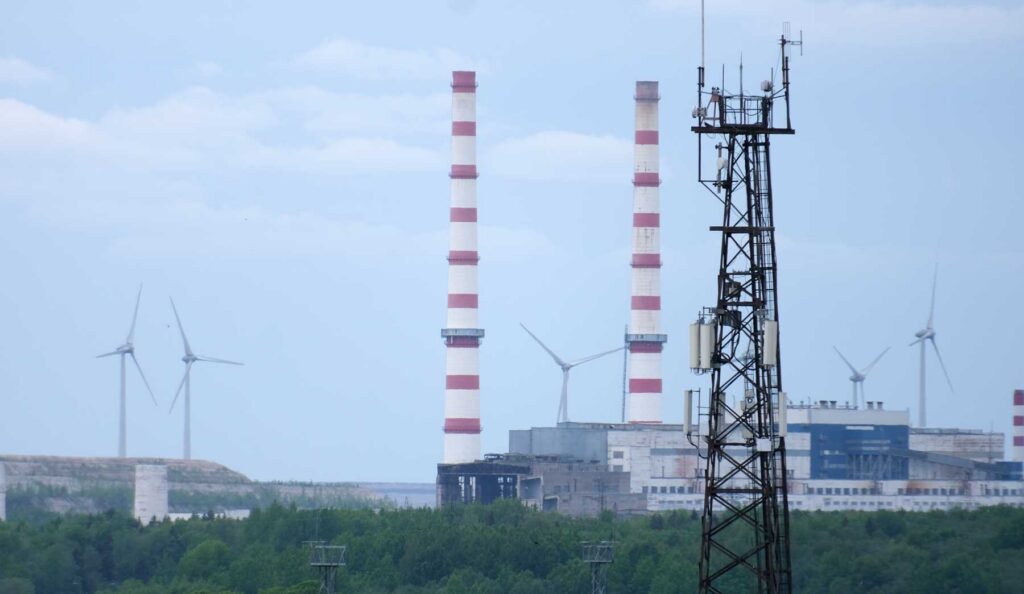

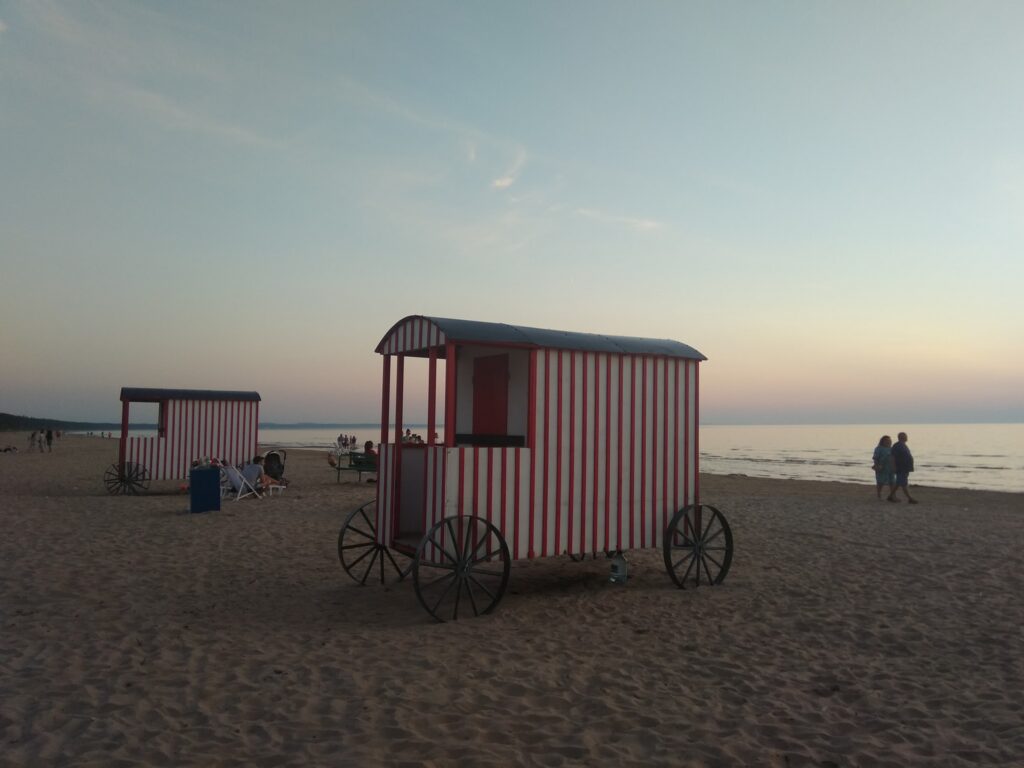
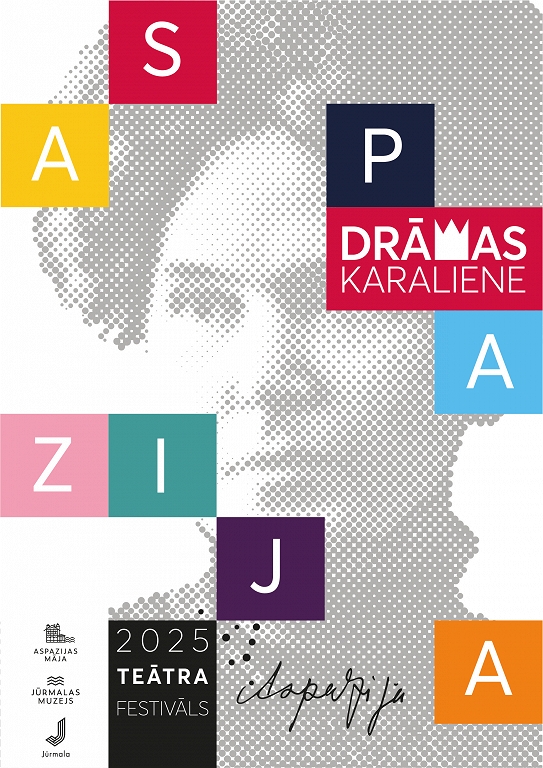
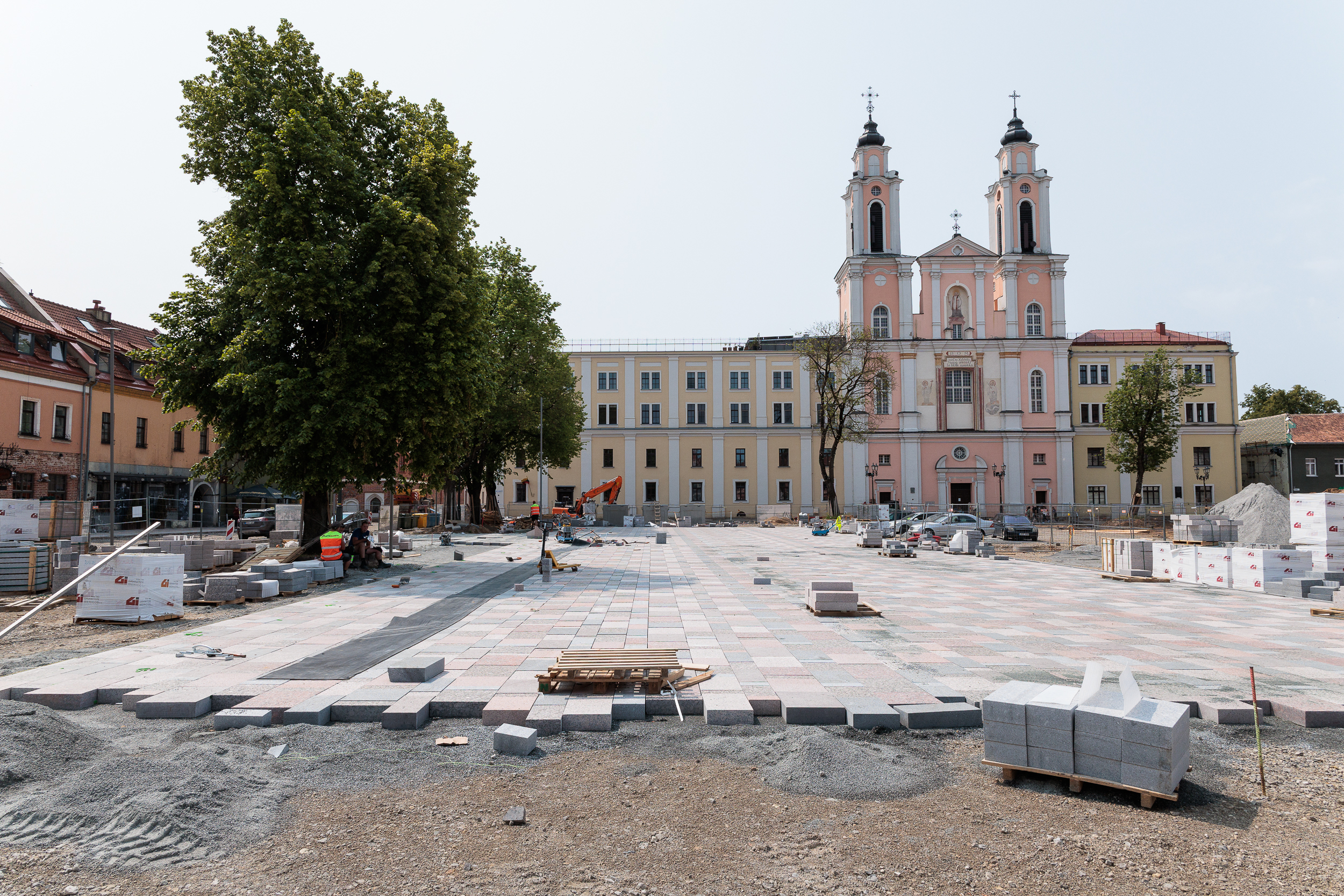

/s3/static.nrc.nl/images/gn4/stripped/data133212332-41b949.jpg)